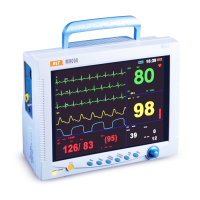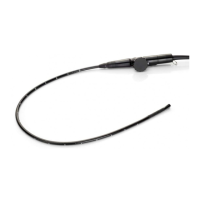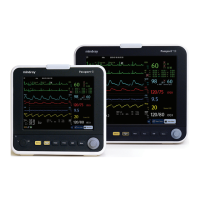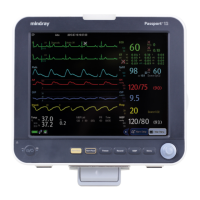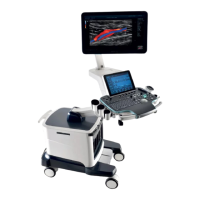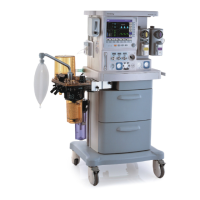3-3
3.2 Visual Test
Inspect the equipment for obvious signs of damage. The test is passed if the equipment has no
obvious signs of damage. Follow these guidelines when inspecting the equipment:
Carefully inspect the case, the display screen and the buttons for physical damage.
Inspect all external connections for loose connectors, bent pins or frayed cables.
Inspect all connectors on the equipment for loose connectors or bent pins.
Make sure that safety labels and name plates on the equipment are clearly legible.
3.3 Power On Test
This test is to verify that the pulse oximeter powers up correctly. The test is passed if the
pulse oximeter starts up following this procedure:
In the case that the alkaline AA size batteries are used,
1. Install 3 alkaline AA batteries in the pulse oximeter and press the Power button;
2. The alarm indicating lamp flashes, and then goes out; the system gives a beep and
displays the startup screen;
3. The startup screen disappears and the pulse oximeter enters the main screen.By now, the
pulse oximeter starts up properly.
In the case that a lithium-ion battery,
1. Remove the battery adjusting bracket and install the lithium-ion battery in the pulse
oximeter;
2. Press the Power button. The alarm indicating lamp flashes, and then goes out; the
system gives a beep and displays the startup screen;
3. The startup screen disappears and the pulse oximeter enters the main screen. By now,
the pulse oximeter starts up properly.
4. Connect the pulse oximeter to the charger stand and then connect the AC mains. If the
battery is full, the Power indicating lamp will light green. Otherwise, the battery will be
charged automatically and the Power indicating lamp will light yellow. When the battery
is fully charged, the Power indicating lamp turns to be green.
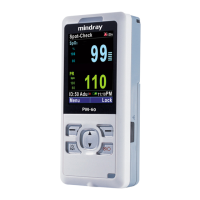
